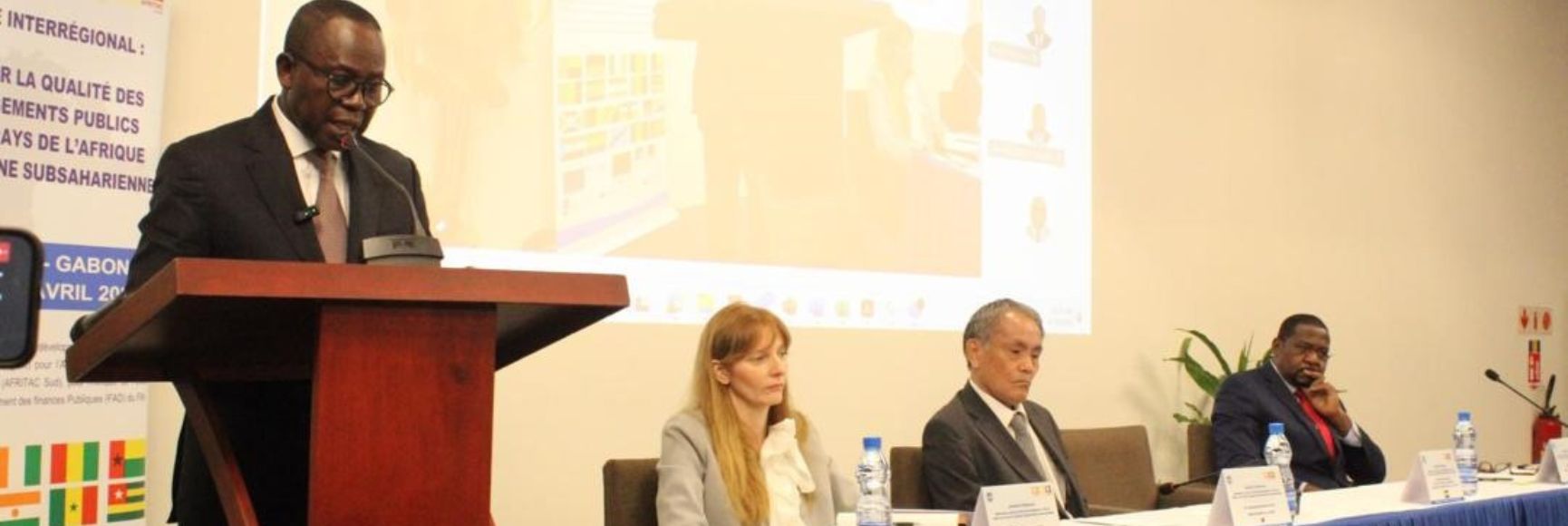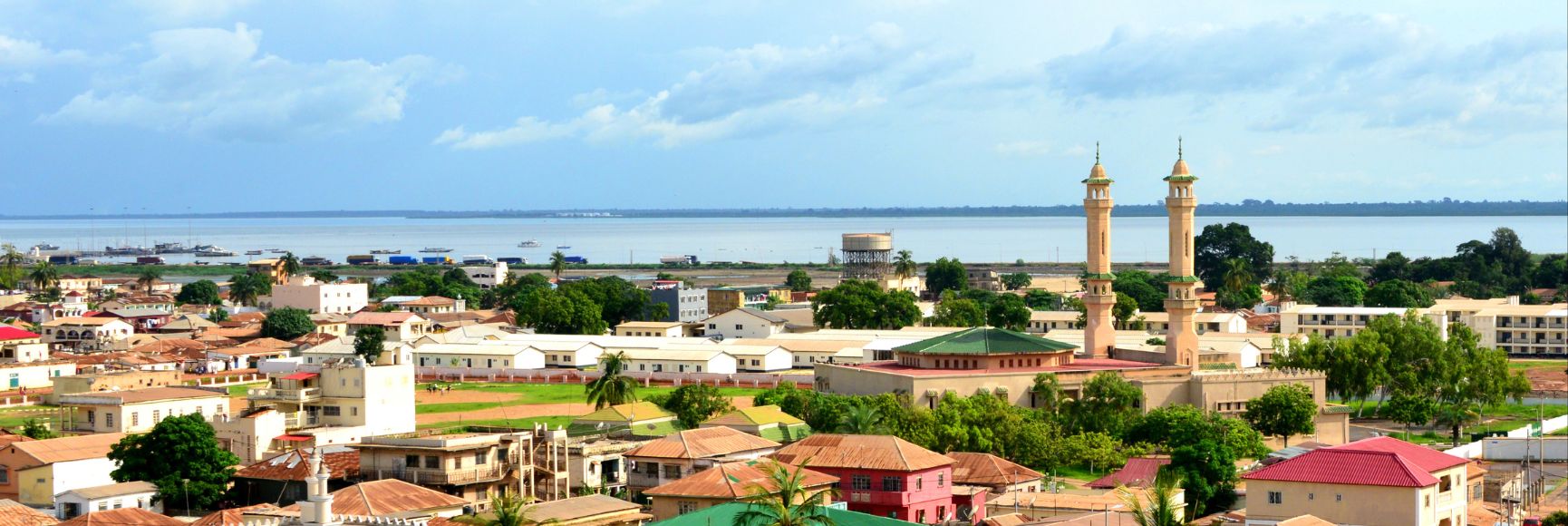Posted by Yugo Koshima[1]
In order to analyze the efficiency and effectiveness of public investment – and the size of any “infrastructure gap” – it is necessary to estimate the public sector capital stock. This is not an easy task even in a country with plentiful access to national accounts and other statistical data. For a country that is still recovering from two bitter civil wars that lasted from 1989 until 2003, together with the devastating impact of the Ebola crisis, the challenges are formidable.
Recently, the IMF’s Fiscal Affairs Department was invited by the Government of Liberia to carry out a Public Investment Management Assessment (PIMA) of the country. One of the tasks of the mission was to estimate Liberia’s stock of infrastructure and other public capital assets, and the efficiency of its investment in key areas such as electricity supply, health, education and water. The mission used an analytical framework set out in the IMF Board Paper (“Making Public Investment More Efficient”) that was published in April 2015. This paper sets out a relatively simple methodology for estimating the public capital stock and measuring public investment efficiency. The methodology is applicable to countries with limited statistical data, as well as more advanced economies. What were the challenges that we faced in applying this methodology to Liberia, and how did we address them?
Incomplete national account data: Liberia is in the process of developing its national accounts statistics in line with international standards. Currently, GDP is estimated mainly from data on production (for example, outputs of agriculture, mining, manufacturing, and service industries). There are many gaps, however, in the data on the expenditure side of GDP (such as final consumption, gross capital formation, exports, and imports). In particular, the data on public gross fixed capital formation, which is the basis of measuring the public capital stock, capture only a limited portion of public investment. To address this issue, we built up estimates of public investment from budget execution data, which in turn imposed significant challenges.
Inadequate economic classification for externally-financed projects: In Liberia, donor grants and loans finance some 80 percent of the government’s development projects. Because many development projects are composed predominantly of recurrent expenditure (for example, salaries, and supplies of medicines and text books), it is necessary to identify the amount of capital expenditure included in these projects. However, the data on donor-financed projects currently provide no breakdown by economic classification. Therefore, we decomposed the costs of each project into recurrent and capital expenditures by reviewing all project documents downloaded from the donors’ websites. This was time-consuming work!
Gaps in budget execution data: In Liberia, all public finance records before the establishment of the current government in 2006 were completely lost due to the civil war. We found budget execution data after 1997 in the IMF staff reports, but there are no such data between 1990 and 1996 because the IMF’s engagement with Liberia was suspended during this period. For simplicity, we assumed that most of the government’s budget during this period was spent on financing the civil wars, and that budget-financed capital expenditure was minimal. In addition, data on donor grants and loans that are outside the budget are available only after 2010. Our source of data for years before 2010 was the OECD’s database of Official Development Assistance.
An increased depreciation rate during the civil war: It is self-evident that the public capital stock will depreciate faster during a civil war than in normal time, and indeed the war in Liberia destroyed much of the public infrastructure. However, for our work on the PIMA mission we needed to make a specific assumption about the increased depreciation rate during the Liberian civil wars. While we could not find a relevant study of Liberia, an IMF working paper[2] has calculated a depreciation rate of 30 percent at the peak of the Burundian civil war. We assumed a depreciation rate of 25 percent compared to the standard rate of 2.5 percent used in the IMF board paper cited above.
Quality of data on outputs of public investment: After estimating the public capital stock, we calculated the public investment “efficiency score”, which measures how much output a country achieves from its input of public investment. Using the board paper’s methodological framework, a level of “output” is measured by combining data on “physical indicators” such as the number of secondary teachers, access to treated water, the length of the road network, the number of hospital beds, and electricity production. In Liberia, the government does not always prepare data on these outputs, and we had to rely on World Bank, UNESCO and other international sources. The quality of data obtained from these sources was questionable and unable to be verified. Therefore, we calculated two sets of efficiency scores that provide different results: one set is based on the physical indicators mentioned above, and the other is based on the quality of infrastructure indexes included in the World Economic Forum’s Global Competitiveness Reports.
Using the approaches described above, we succeeded in estimating the public capital stock and public investment efficiency in Liberia for the first time since the civil wars. However, these estimates will need to be revised when statistics with better coverage and quality become available.
[1] Economist, Public Financial Management I Division, Fiscal Affairs Department, IMF.
[2] Olivier Basdevant, “How Can Burundi Raise its Growth Rate?”, 2009, IMF Working Paper, WP/09/11.
Note: The posts on the IMF PFM Blog should not be reported as representing the views of the IMF. The views expressed are those of the authors and do not necessarily represent those of the IMF or IMF policy.






